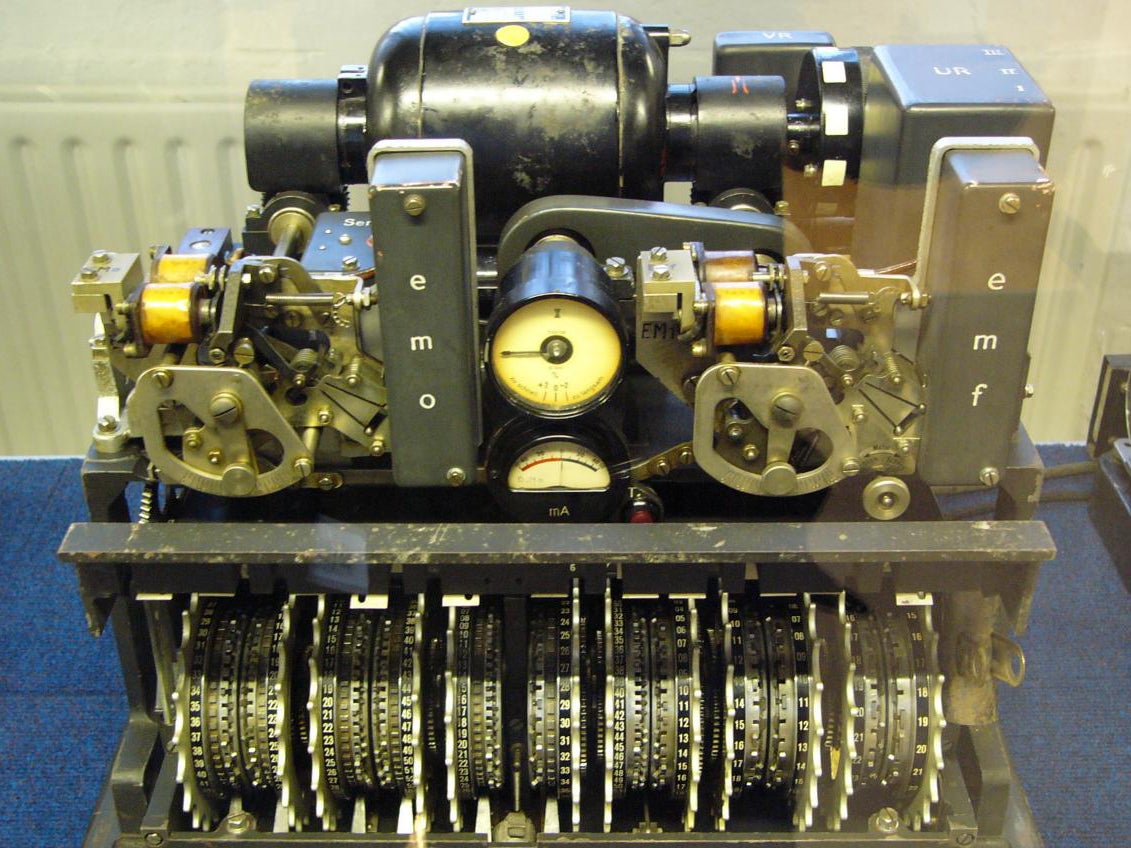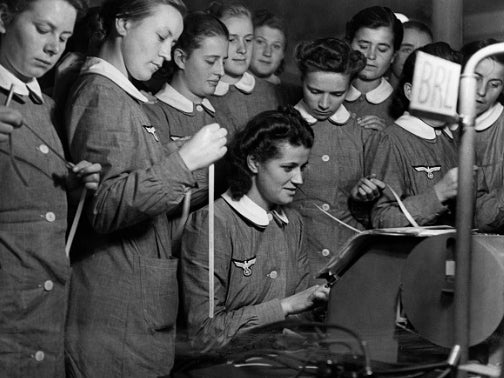Rare top secret Nazi coding machine bought on eBay for £9.50
An eBay advert displaying a ‘telegram machine’ was recognised by a National Computer Museum volunteer as an extremely rare, military-issue Lorenz teleprinter

Your support helps us to tell the story
From reproductive rights to climate change to Big Tech, The Independent is on the ground when the story is developing. Whether it's investigating the financials of Elon Musk's pro-Trump PAC or producing our latest documentary, 'The A Word', which shines a light on the American women fighting for reproductive rights, we know how important it is to parse out the facts from the messaging.
At such a critical moment in US history, we need reporters on the ground. Your donation allows us to keep sending journalists to speak to both sides of the story.
The Independent is trusted by Americans across the entire political spectrum. And unlike many other quality news outlets, we choose not to lock Americans out of our reporting and analysis with paywalls. We believe quality journalism should be available to everyone, paid for by those who can afford it.
Your support makes all the difference.An “unbreakable” cipher machine used to encrypt massages from the Nazi command, which led to huge breakthroughs in modern computing has been discovered for sale on eBay for less than £10.
A volunteer with the National Museum of Computing (NMC) spotted the advert on the online auctioning site this week and recognised the device, labelled a “telegram machine”, as an extremely rare, military-issue Lorenz teleprinter.
John Whetter, a volunteer engineer with the NMC, told the Guardian: “I think it was described as a telegram machine, but we recognised it as a Lorenz teleprinter.”
The museum tracked down the seller in Essex, who showed them the rare keyboard buried under rubbish in a garden shed in its original carry case.
"We said 'Thank you very much, how much was it again?' She said '£9.50', so we said 'Here's a £10 note - keep the change!'” Mr Wetter told the BBC.

Upon cleaning the machine at Bletchley Park, the museum found swastika detailing on the device as well as a special key for the runic Waffen-SS insignia.
After serendipitously finding the component and receiving a long-term loan of the Lorenz SZ42 cipher machine from the Norwegian Armed Forces Museum in Oslo, the NMC is now looking for the final parts of the contraption to restore the encoder to working order.
The NMC are encouraging people to comb their sheds and attics for a missing drive motor so they can recreate the process of top secret transmissions from encrypt to decrypt using the full set of 1940’s cutting edge technology.
“To do that we have to replace some missing components, in particular the drive motor – and it’s the drive motor that’s our next quest,” said Mr Whetter.
More complex than the famous Enigma machine, the Lorenz cipher was only able to be broken due to Bill Tutte’s judgements about the workings of the Lorenz machine, despite never having laid eyes on one of the devices.
Consequently, the Allies were regularly able to read the German High Command’s top secret messages. From 1944, with the creation of the Colossus computer by Tommy Flowers, a Post Office engineer, the Allies were able to reduce the decryption time from weeks to hours, undermining the German military machine.
An estimated 200 Lorenz machines were in existence during World War II, but only four are known to have survived.
Receiving the Lorenz machine, Andy Clark, chairman of the NMC, said: “The technologies at the core of the Lorenz story – encryption, communications and computing – are at the very heart of our modern world, so the narrative is as relevant today as it was then and an inspiration to the next generation of computer scientists and engineers.”
Join our commenting forum
Join thought-provoking conversations, follow other Independent readers and see their replies
1Comments